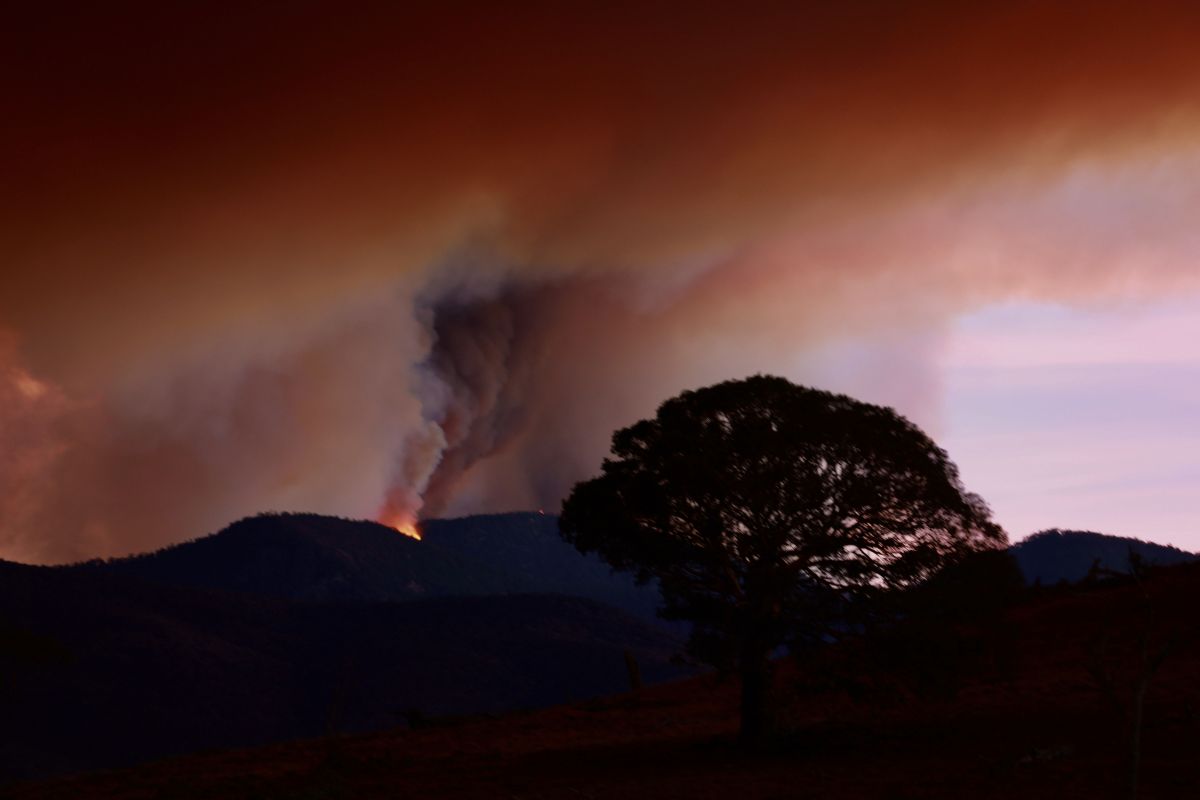Residents in areas around the Australian capital city of Canberra were warned on Saturday that it was “too late to leave” and they should try to seek shelter after a bushfire in the region grew to more than 35,000 hectares, leading to the closure of a major motorway.
Six fires in the Australian Capital Territory (ACT) were burning out of control, officials said, adding that hot and windy conditions were expected to last through the weekend, making conditions worse, the BBC reported.
Advertisement
The ACT declared a state of emergency on Friday – the first in the area since deadly fires in 2003.
People living in affected areas were being urged to fill up their bathtubs, buckets and sinks so that when the fire arrives, they have access to water – to extinguish flames and to drink.
“The issue we have with the fire activity is that the fire itself is generating its own weather pattern and that, combined with the wind direction, is what is driving that intensity in the fire,” the BBC quoted ACT Emergency Services Agency Commissioner Georgeina Whelan as saying.
“The conditions will potentially become more dangerous and the fire may pose a threat to lives directly in its path,” she added.
Images of the Monaro Highway in the ACT, which has been closed, show the skies above it turning bright orange-red from the fire raging nearby.
Meanwhile, in the state of New South Wales, one of the hardest hit in the bushfires that erupted last September, about 60 blazes were still raging, the BBC report said.
Three fires in the Bega Valley area were upgraded to emergency level on Saturday, while parts of the state were seeing temperatures higher than 40 degrees Celsius.
Since September 2019, bushfires in the country have claimed the lives of 33 people and laid to waste an area greater than the size of Syria – 180,000 square kilometres.
These fires, which experts say have been more intense this year due to global warming, have so far emitted 400 megatonnes of carbon dioxide into the atmosphere, an amount equivalent to the country’s average annual emissions, according to the global environment monitoring programme Copernicus.











